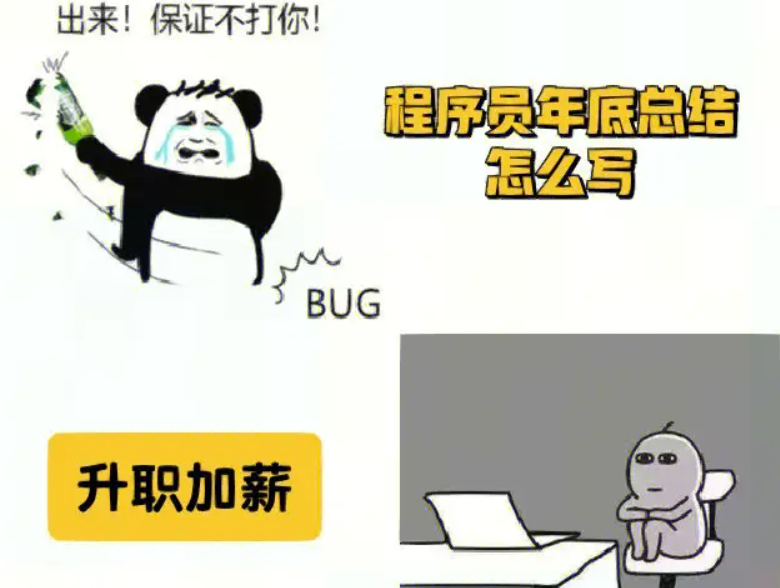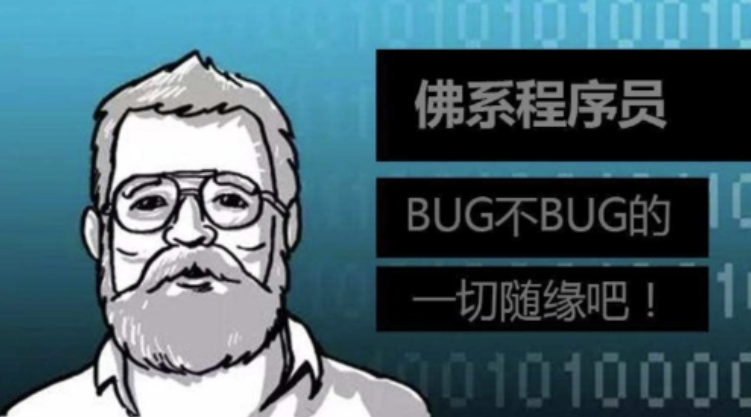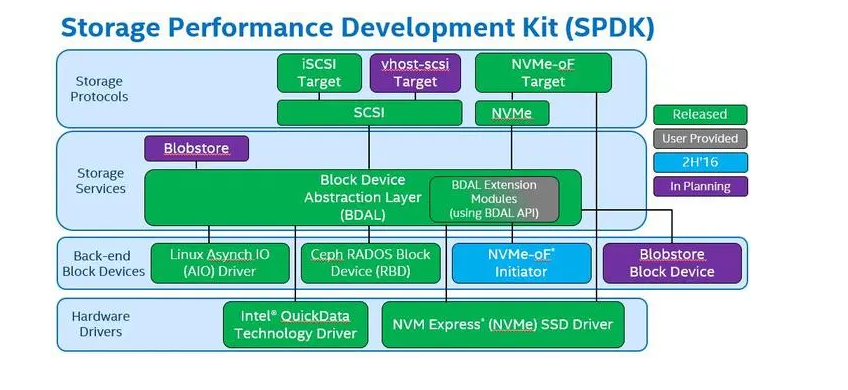以下是针对虚拟化环境中 vCPU绑定、大页内存、内存回收与合并(KSM) 和 设备直通(PCIe Passthrough) 等特性的详细分析,包括其原理、应用场景及优缺点:
1. vCPU绑定(CPU Pinning)
原理
将虚拟机的 vCPU 固定绑定到宿主机的物理 CPU 核心上,避免调度器跨核切换带来的性能损耗。
优点
- 减少上下文切换:降低因 CPU 迁移导致的缓存失效和 TLB 刷新。
- 提高缓存命中率:绑定后 vCPU 独占物理核心,L1/L2 缓存利用率更高。
- 确定性延迟:适合实时性要求高的场景(如金融交易、工业控制)。
缺点
- 灵活性下降:绑定的 vCPU 无法充分利用宿主机的空闲核心资源。
- 资源浪费:若虚拟机负载不均,可能导致部分物理 CPU 闲置。
- 配置复杂:需手动调整绑定策略,对 NUMA 架构需额外优化。
应用场景
- 高性能计算(HPC)、低延迟网络(DPDK/SPDK)、实时虚拟机(RT-VM)。
2. 大页内存(Huge Pages)
原理
使用更大的内存页(如 2MB/1GB,而非默认的 4KB),减少页表项(PTE)数量和 TLB Miss。
优点
- 降低 TLB 压力:TLB 可覆盖更大内存范围,减少地址转换开销。
- 提升内存访问速度:尤其适合密集内存访问型应用(如数据库、科学计算)。
- 减少页表遍历层级:x86_64 下四级页表可简化为两级。
缺点
- 内存碎片化风险:大页需连续物理内存分配,长期运行可能引发碎片问题。
- 分配延迟高:启动时预分配大页可能导致启动时间延长。
- 管理复杂度:需手动配置
/proc/sys/vm/nr_hugepages,或通过透明大页(THP)动态调整。
应用场景
- Oracle DB、Redis、KVM/QEMU 虚拟机内存优化。
###3. Memory Reclamation and KSM (Kernel Same-page Merging)
Principle
-Memory reclamation: The host reclaims underutilized memory from VMs through mechanisms like ballooning or swapping. -KSM: Scans VM memory for identical pages, merges them into a single copy (copy-on-write).
Pros
-Higher density: Allows overcommitment of memory (e.g., running more VMs on limited RAM). -Reduced redundancy: KSM saves ~30% memory for homogeneous workloads (e.g., multiple VMs running the same OS).
Cons
-CPU overhead: KSM scanning consumes CPU cycles; ballooning may trigger swap I/O. -Latency spikes: Aggressive reclamation can cause VM stalls during memory pressure.
Use Cases
Cloud platforms with overcommitted RAM (e.g., OpenStack), container hosts.
###4. PCIe Passthrough
How It Works
Directly assigns physical devices (GPUs/NICs) to a VM, bypassing the hypervisor layer.
Advantages
-Near-native performance: Ideal for GPU passthrough in AI/ML or SR-IOV in NFV. -Hardware feature access: VMs can use device-specific capabilities (e.g., CUDA, RDMA).
Drawbacks
-Loss of flexibility: Device cannot be shared or migrated live. -Security risks: Malicious VMs may exploit DMA attacks (requires IOMMU isolation). -Complex setup: Requires VT-d/AMD-Vi support and driver compatibility checks.
Typical Usage
AI training (GPU passthrough), high-performance networking (SR-IOV), legacy hardware virtualization.
Comparative Summary
| Feature | Performance Impact | Overhead | Use Case Focus |
|---|---|---|---|
| vCPU Pinning | ↑↑↑ Deterministic latency | Low | Real-time systems |
| Huge Pages | ↑↑ Memory-bound apps | Moderate (THP) | Databases, HPC |
| KSM | ←→ Mixed | High CPU usage | Memory overcommit |
| PCIe Passthrough | ↑↑↑ Near-native | None after setup | Hardware acceleration |
建议结合具体业务需求选择:
内容由零声教学AI助手提供,问题来源于学员提问





















